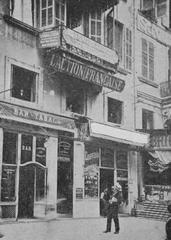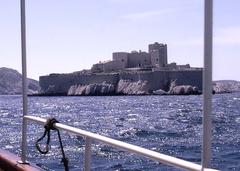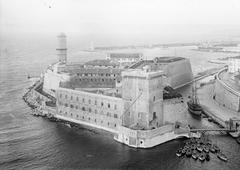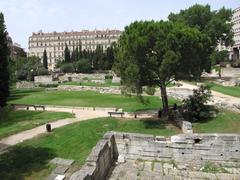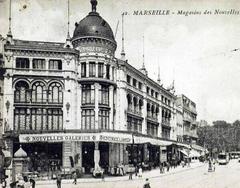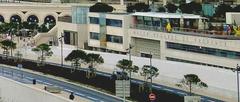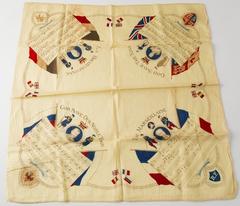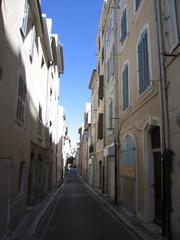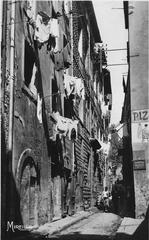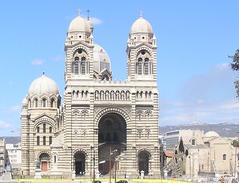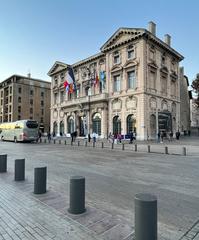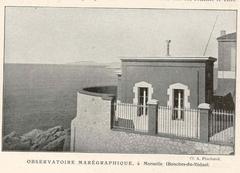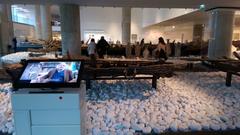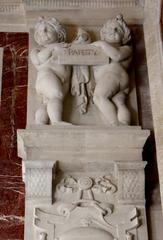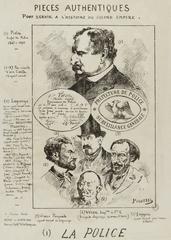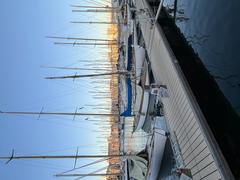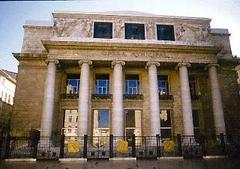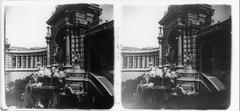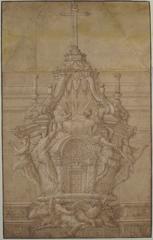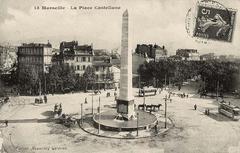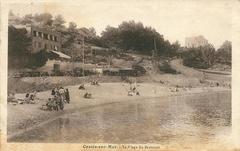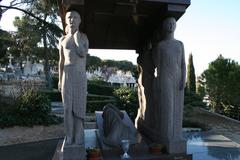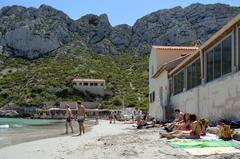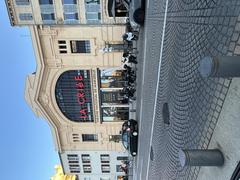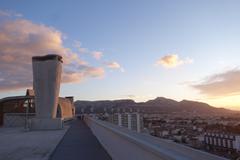Théâtre Antique de Marseille: Visiting Hours, Tickets & Historical Sites Guide
Date: 04/07/2025
Introduction
Nestled in Marseille’s historic Panier district, the Théâtre Antique de Marseille is a captivating window into the city’s Greek and Roman heritage. As one of Western Europe’s earliest monumental spaces dedicated to dramatic arts, this ancient theatre embodies the architectural fusion and civic spirit that made Marseille a pivotal Mediterranean hub (Wikipedia: History of Marseille; Persee: Topographie antique de Marseille). This guide provides a comprehensive resource for visitors, covering the theatre’s origins, architectural features, cultural significance, visiting hours, ticketing information, accessibility, nearby attractions, and practical travel tips.
Table of Contents
- Introduction
- Historical Background
- Architectural Features and Layout
- Role in Ancient Civic and Cultural Life
- Visiting Information
- Nearby Attractions
- Frequently Asked Questions (FAQ)
- Summary & Call to Action
- References
Historical Background
Origins and Construction
Founded as the Greek colony of Massalia around 600 BCE, Marseille grew into a major trading and cultural center, later transitioning into Roman rule following the siege of 49 BCE (Wikipedia: History of Marseille). The Théâtre Antique de Marseille was constructed during the Augustan era (late 1st century BCE to early 1st century CE), built into the natural slope of Saint-Laurent hill—a design that reflects both Greek and Roman theatre traditions (Persee: Topographie antique de Marseille).
Rediscovery and Archaeological Research
The theatre was rediscovered in 1945 during post-war reconstruction. Excavations carried out between 1946 and 2005 revealed the semi-circular cavea, orchestra, and portions of the stage building, clarifying the layout and historical context of this remarkable site (La Provence; Monumentum). It has been protected as a Monument Historique since 1966.
Architectural Features and Layout
The theatre’s layout is a harmonious blend of Greek and Roman elements:
- Cavea: Semi-circular, tiered seating carved into the hillside, maximizing natural acoustics and audience capacity (Provence 7).
- Orchestra: The performance space at the base, reserved in antiquity for dignitaries.
- Scaenae Frons: Ornate stage backdrop, once adorned with statues and columns, reflecting Roman architectural principles.
The theatre could accommodate up to 3,500 spectators, making it one of the largest venues in ancient Massalia. Although only partial remains are visible today, interpretive panels explain the site’s layout and historical importance (Persee: Topographie antique de Marseille).
Role in Ancient Civic and Cultural Life
Far more than a venue for entertainment, the theatre was a hub for civic gatherings, religious festivals, and political discourse. It hosted Greek tragedies, Roman spectacles, and performances that celebrated Marseille’s multicultural identity (Marseille City of Culture). Statues of Augustus and Venus once decorated the site, underscoring the city’s allegiance to Rome (Academia.edu: Le théâtre de Marseille).
Visiting Information
Location & Access
- Address: Collège Vieux-Port, Panier district (2nd arrondissement), Marseille
- Getting There:
- Metro: Vieux-Port (Line 1)
- Bus: Multiple lines serve the Old Port area
- Parking: Limited public parking near Vieux-Port; additional paid garages available
- On Foot: Short walk from the city center
Visiting Hours & Tickets
- Hours: The site is viewable from the street year-round during daylight hours. Interior access is restricted, but special openings occur during European Heritage Days and select festivals.
- Tickets: There is no regular entry fee. Guided tours during special events may require booking and a small fee.
- Booking: For guided tours, consult the Official Marseille Tourism Site.
Guided Tours & Events
- Special Open Days: Access is granted during heritage events and local festivals.
- Heritage Walks: Guided tours often include the theatre as part of a broader exploration of the Panier district.
- Cultural Events: Occasional performances and lectures are held nearby; check local listings for dates.
Accessibility
- Due to uneven terrain and integration with a school, the site is not wheelchair accessible.
- The surrounding Panier district is hilly and may pose challenges for those with mobility needs.
- For the latest accessibility information, contact Marseille Tourism.
Practical Tips
- Best Time to Visit: Spring and autumn for mild weather and fewer crowds.
- Photography: Early morning or late afternoon offer optimal light for photos.
- Etiquette: Respect the site’s protected status and the school’s operations. Do not trespass.
Nearby Attractions
- Vieille Charité: 17th-century hospice with museums and galleries
- Old Port (Vieux-Port): Vibrant historic harbor
- Mucem: Museum of European and Mediterranean Civilizations
- Panier District: Marseille’s oldest quarter, renowned for its street art and cafés
Frequently Asked Questions (FAQ)
Q: What are the visiting hours of the Théâtre Antique de Marseille?
A: The site is visible from public areas year-round during daylight hours. Interior access is available only during special events.
Q: Is there an entry fee?
A: No regular fee is charged. Guided tours during special events may require tickets.
Q: Are guided tours available?
A: Yes, during European Heritage Days and select festivals. Advance booking is recommended.
Q: Is the theatre accessible for wheelchairs?
A: Accessibility is limited due to terrain and urban layout.
Q: Can I take photographs?
A: Yes, but please follow posted guidelines.
Summary & Call to Action
The Théâtre Antique de Marseille stands as a testament to the city’s ancient theatrical and civic traditions, bridging its Greek origins and Roman transformation. Though the visible remains are modest, their historical resonance is profound. Plan your visit around special opening days or book a guided tour for an enriched experience. Combine your exploration with other nearby attractions to fully appreciate Marseille’s enduring legacy as a Mediterranean cultural crossroads (Official Marseille Tourism Site; Marseille City of Culture).
For the latest visiting hours, ticket details, and event updates, check official resources and consider downloading the Audiala app for exclusive guided tours and audio content. Follow us on social media to stay informed about Marseille’s vibrant cultural scene.
References
- Wikipedia: History of Marseille
- Persee: Topographie antique de Marseille
- Marseille City of Culture
- Academia.edu: Le théâtre de Marseille
- Official Marseille Tourism Site
- Provence 7: Marseille Architecture
- La Drôme Montagne: Theatre Antique
- Monumentum: Théâtre Antique de Marseille
- La Provence: Marseille Theatre Remains
- The Tourist Checklist: Things to Do in Marseille
